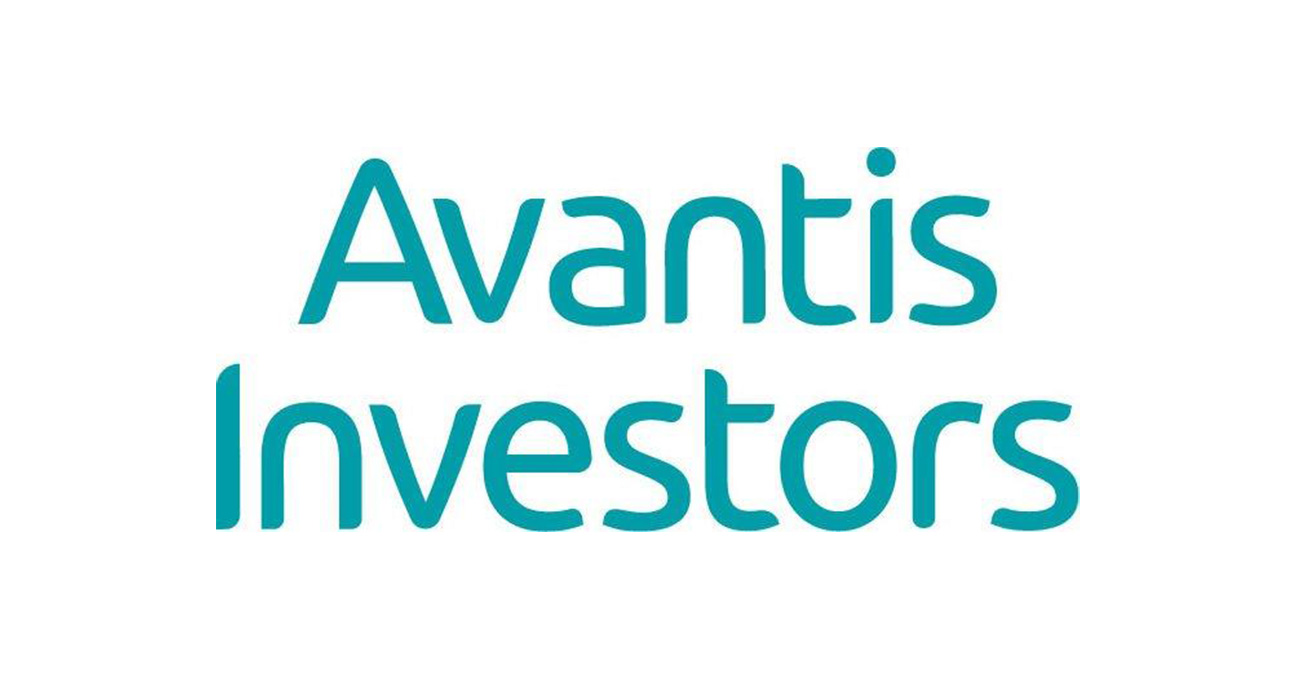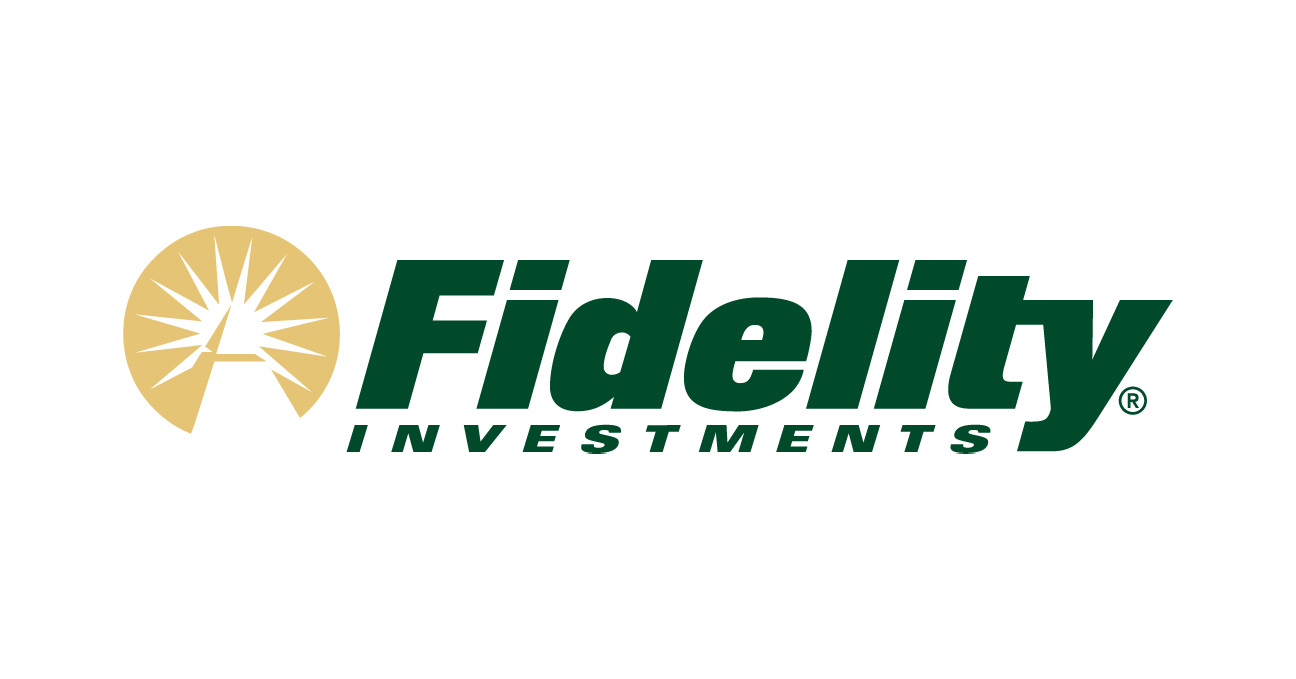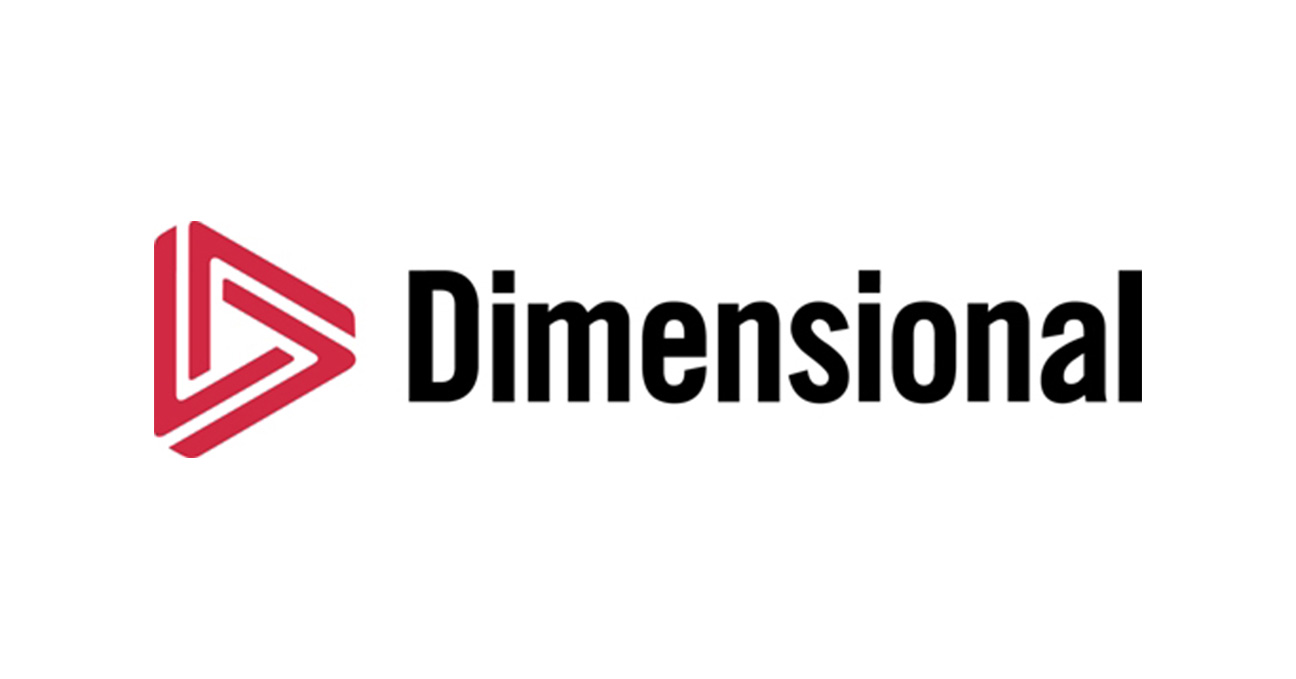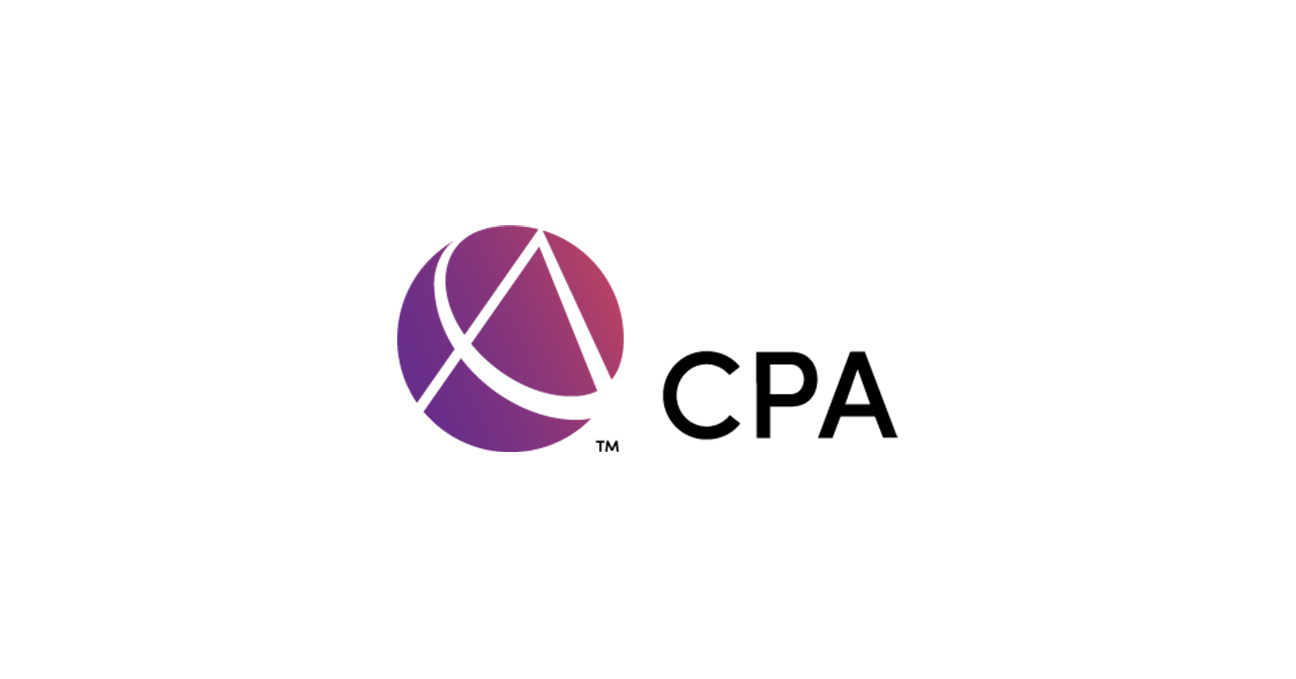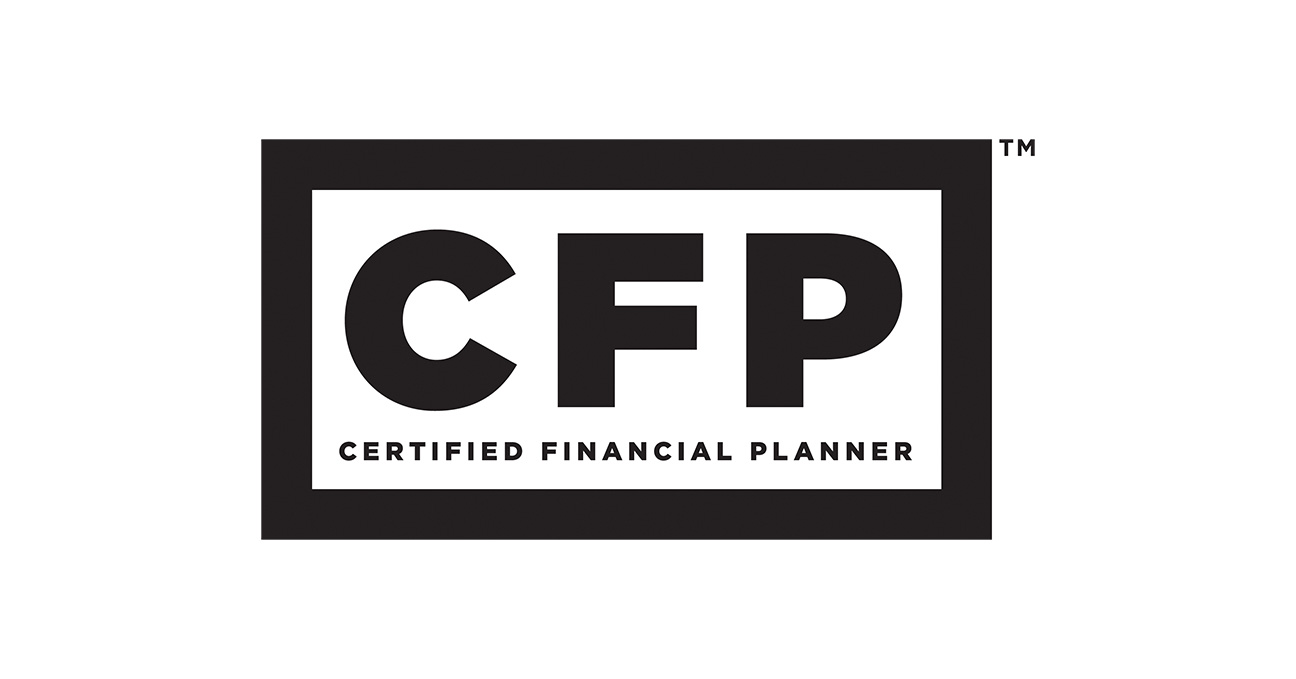Asset allocation often steals the spotlight in investment planning. It answers the question: What mix of stocks, bonds, and other assets should I own? However, another critical consideration is often overlooked: Where should I hold those assets? That’s where asset location comes into play.
Asset location is placing different investments into accounts that minimize your overall tax liability. It’s not about choosing investments but maximizing the after-tax return of the ones you’ve already chosen. The right location can quietly add real value over time.
The three tax “buckets”
To understand asset location, think of your accounts as belonging to three broad categories:
Taxable accounts: Like a brokerage account. You pay taxes annually on interest, dividends, and realized gains.
Tax-deferred accounts: Like traditional IRAs and 401(k)s. Taxes are deferred until you withdraw the money.
Tax-free accounts: Like Roth IRAs. You contribute after-tax dollars, and withdrawals are tax-free if certain conditions are met.
Each type of account has different tax characteristics. The goal is to place investments in the account with the most favorable tax treatment.
Where stocks belong
U.S. and international equities are generally tax-efficient. They can benefit from long-term capital gains rates and qualified dividend treatment in taxable accounts. This means that, all else being equal, stocks are often best placed in taxable accounts.
Holding stocks in taxable accounts also allows for tax-loss harvesting. This is the practice of selling securities at a loss to offset capital gains elsewhere in the portfolio. Those losses can even offset up to $3,000 in annual income.
If you hold stocks in a tax-deferred or Roth account, you lose the ability to harvest losses. Gains will eventually be taxed at ordinary income rates in traditional accounts, or not at all in Roths. That can be valuable too, which is why context matters.
Where bonds belong
Taxable bonds are typically tax-inefficient. Interest payments are taxed at ordinary income rates, which can be much higher than capital gains rates.
That’s why bonds are often best held in tax-deferred accounts, like traditional IRAs or 401(k)s. These accounts shield the interest from current taxation and delay it until withdrawal.
One exception: holding bonds in a taxable account might not be as costly if you’re in a very low tax bracket. Another exception is when you own municipal bonds, which are designed for taxable accounts because their interest is generally tax-exempt.
What about inflation-protected bonds like TIPS? They also generate taxable income, so they belong in tax-deferred accounts when possible.
Where alternatives belong
Alternative investments, like private equity, hedge funds, commodities, or managed futures, vary widely in tax treatment. Some generate ordinary income, some produce capital gains, and others involve complex tax calculations.
As a general rule, alternatives that produce ordinary income or short-term gains should go into tax-deferred accounts.
If the alternative investment is particularly tax-efficient, it could be appropriate for a taxable account. However, these cases are rare and usually apply only to specific fund structures or strategies.
Where REITs belong
Real Estate Investment Trusts (REITs) have their unique tax profile. By law, they must distribute at least 90% of their income to shareholders. That income is typically taxed at ordinary income rates, not the lower rates applied to qualified dividends.
That makes REITs among the most tax-inefficient equity investments. For that reason, REITs are usually best placed in tax-deferred accounts.
REITs held in traditional IRAs or 401(k)s defer taxation until withdrawal, which helps you avoid paying annual income taxes on those large distributions. Holding them in a taxable account could lead to a higher tax bill than necessary.
Roth IRAs: save them for the high growers
Because Roth IRAs grow tax-free, they are the ideal location for assets with the highest expected long-term growth. Think small-cap stocks, emerging market equities, or concentrated positions with asymmetric upside potential.
The logic is simple: the more an investment grows, the more tax you avoid. Putting fast-growing assets into a Roth lets you capture those gains without paying taxes when you withdraw.
Another advantage of Roths is that they’re not subject to required minimum distributions (RMDs). That makes them a powerful estate planning tool as well.
Real-world considerations: asset location trade-offs
In theory, asset location is straightforward. In practice, several constraints can complicate the decision.
Limited account size: You might not have enough room in each account type to align every asset perfectly.
Liquidity needs: If you need to access cash from a taxable account, you may prefer to keep more liquid or stable investments there, even if they are tax-inefficient.
Risk management: If you manage risk separately for each account, you may want to replicate your overall allocation.
Inherited or employer-controlled accounts: You may have restrictions on what you can buy or how often you can trade.
Asset location should never override asset allocation. If your account structure makes it impossible to get both right, prioritize maintaining the proper risk exposure. Tax optimization is secondary to keeping the portfolio aligned with your financial plan.
The value of optimization
How much is asset location worth? According to research from Schwab, an asset location strategy can increase annual after-tax returns by 0.14 to 0.41 percentage points for conservative investors in the mid- to high-income tax brackets.
These benefits compound over time, making a meaningful difference in long-term outcomes.
Tax laws change. So should your strategy.
Asset location isn’t a “set it and forget it” decision. Tax laws evolve, investment returns change, and your financial picture shifts.
Future legislation could alter the tax treatment of qualified dividends, capital gains rates, Roth conversion rules, and retirement account contribution limits.
That’s why asset location strategies should be revisited regularly. A review every year or two, or after significant life events, is a smart practice.
Work with a professional
Maximizing after-tax return requires financial planning, investment management, and tax expertise. A fiduciary advisor who integrates all three can help you implement a customized asset location strategy tailored to your needs.
They can model trade-offs, track tax lots, and manage the complexity of multiple account types. They can also coordinate with your tax advisor to align investment decisions with your financial goals.
In a world where taxes can quietly erode returns, optimizing where your investments are held is one of the few strategies that offers more return without more risk.




